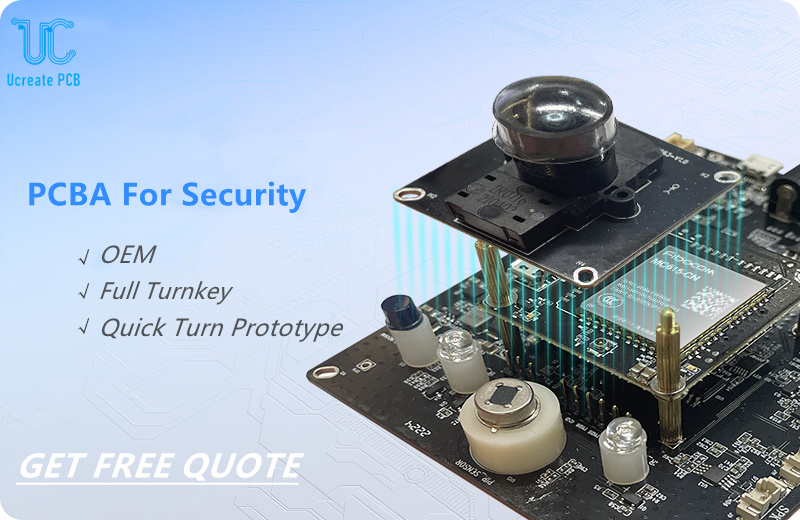Categories

Historical Background:
Current State of PCBA-based Surveillance Systems:
In the present era, PCBA-based surveillance systems have become the cornerstone of modern security infrastructure. The convergence of high-resolution cameras, intelligent analytics, and seamless connectivity has transformed the way we monitor and safeguard our environments. These systems offer a wide range of features and functionalities that empower users to proactively detect, prevent, and respond to security threats.
Enhanced Image Quality: PCBA-based surveillance systems leverage high-resolution cameras, enabling crystal-clear imaging even in low-light conditions. This superior image quality ensures accurate identification and recognition of individuals and objects, crucial for effective security management.
Intelligent Analytics: Equipped with advanced software algorithms, PCBA-based systems can analyze vast amounts of video data in real-time. Facial recognition, object tracking, and behavior analysis are just a few examples of the intelligent analytics capabilities offered by these systems. Such features enable proactive threat detection and automatic alert generation, minimizing response times and enhancing overall security.
Seamless Connectivity: PCBA-based surveillance systems can be seamlessly integrated into existing security infrastructure, allowing for centralized monitoring and control. Through network connectivity, users can access live feeds and recorded footage from anywhere, enabling remote surveillance and management. This flexibility is particularly valuable for large-scale installations, such as city-wide surveillance networks or multi-site enterprise security systems.
Future Prospects:
The future of PCBA-based surveillance systems holds immense promise, as ongoing technological advancements continue to drive innovation in the security industry. Here are some key areas where these systems are expected to make significant contributions:
Artificial Intelligence (AI) Integration: AI integration will further enhance the capabilities of PCBA-based surveillance systems. Machine learning algorithms can analyze video data to identify anomalies, predict potential threats, and provide intelligent insights for proactive security measures. AI-powered facial recognition and crowd analysis can also contribute to enhanced public safety and efficient law enforcement.
Edge Computing: With the rise of edge computing, PCBA-based surveillance systems will leverage the power of local processing and storage. By performing analytics and decision-making at the edge, these systems can minimize latency, improve response times, and reduce bandwidth requirements. This approach ensures real-time monitoring and rapid response to security incidents, even in low-connectivity environments.
Integration with IoT and Smart City Infrastructure: PCBA-based surveillance systems will play a crucial role in the development of smart cities. By integrating with IoT devices, such as sensors and access control systems, these systems can provide comprehensive security solutions. The ability to share data and coordinate responses between different devices and systems will enhance situational awareness and optimize resource allocation for emergency services.
Conclusion:
PCBA-based surveillance systems have come a long way since their inception, revolutionizing the field of security monitoring. Through advancements in hardware and software, these systems offer unparalleled capabilities for threat detection, prevention, and response. As we look to the future, the integration of AI, edge computing, and IoT will further propel the evolution of PCBA-based surveillance systems, making our surroundings safer and more secure. Embracing these innovations will pave the way for a technologically advanced and proactive approach to security, ensuring peace of mind for individuals, businesses, and communities.
Send Your Inquiry to Sales@ucreatepcb.com, we will quote you in 2 hours!